Search Images
Browse Content (p. 1609)
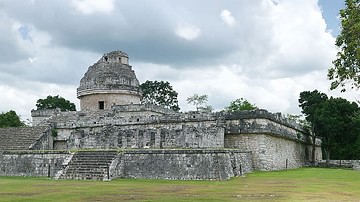
Image
The Caracol, Chichen Itza
The Caracol or Observatory of Chichen Itza, Mexico. Constructed prior to 800 CE, this Maya building was used as an astronomical observatory, especially of Venus.
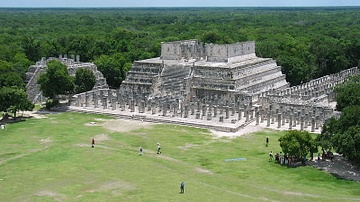
Image
Temple of the Warriors, Chichen Itza
The Temple of the Warriors at the Maya-Toltec city of Chichen Itza, Mexico. Built between 800 and 1050 CE, the three-level pyramid is so called because of the colonnade of carved warrior and gift-bearer columns on its two sides.
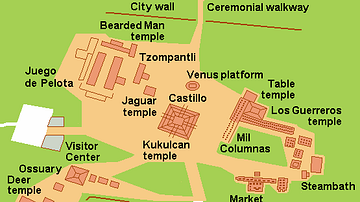
Image
Map of Chichen Itza
A map of the principal monuments of the Maya-Toltec city Chichen Itza, Yucatan, Mexico, c. 750-1200 CE.
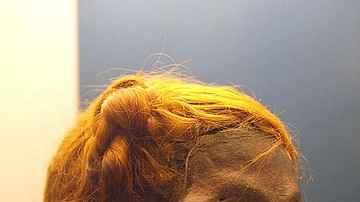
Image
Osterby Man
The "Osterby Man" was found in a peat bog in 1948 near Osterby, Germany, and has been dated to between 75 and 130 CE. He sports a Suebian knot, a hairstyle associated with the Suebi (Alemanni). State Archaeological Museum at Gottorf Castle...
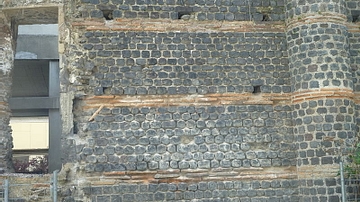
Image
Vasso Galate (Temple to Mercury),
The last remaining wall (Wall of the Saracens) of the Vasso Galate, temple to the god Mercury, Clermont-Ferrand, France. The temple was destroyed by Chrocus, probably c. 256 CE.
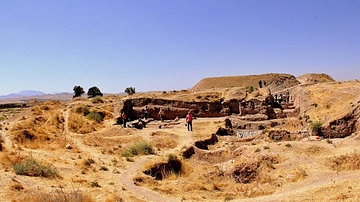
Image
The Ancient Mound of Bakr Awa, Sulaimaniya, Kurdistan
Bakr Awa is a mound southeast of the modern city of Sulaimaniya, near the city of Halabja, within the Sharazor plain, Iraqi Kurdistan. A German archaeological team headed by Professor Peter Miglus (of the University of Heidelberg) has been...
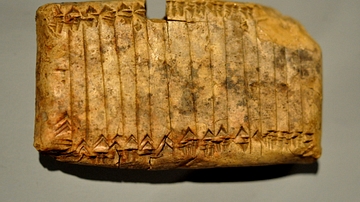
Image
Mathematical Text from Shaduppum
This is a school tablet which displays mathematical texts. From modern Tell Harmal (ancient Shaduppum), near Baghdad, Iraq. Old-Babylonian period, 2nd millennium BCE. The Sulaimaniya Museum, Iraq.

Image
Map of Odoacer's Italy in 480 CE
Map of Odoacer's Italy in 480 CE.
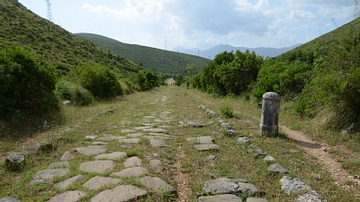
Image
Via Appia, Kilometer 126
A stretch of the Via Appia at Sant'Andrea, km 126. Here it is still possible to admire the original flint-stones, thanks to their restoration during the Bourbon age and now protected by the Natural Park Monti Aurunci Authority.
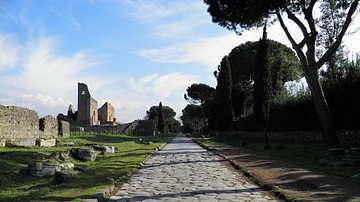
Image
Via Appia
The Via Appia near the Villa dei Quintili at mile V (Rome).